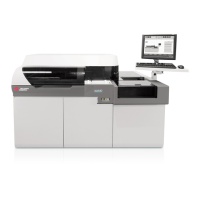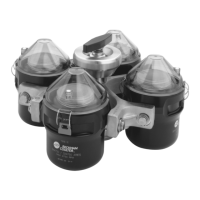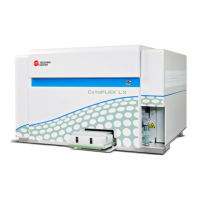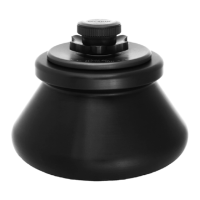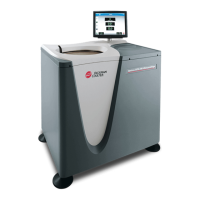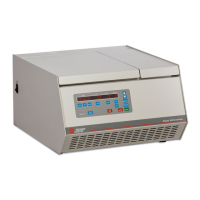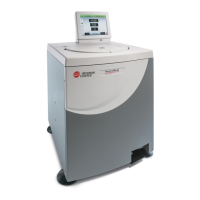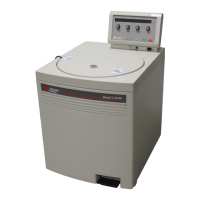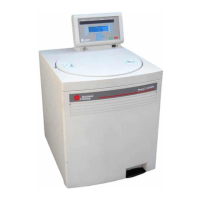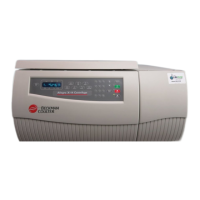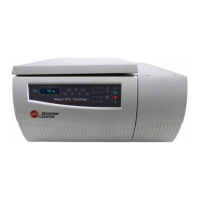Cartridge Chemistry: Calibration Theory
Non-Linear Chemistries
UniCel DxC Systems Instructions For Use A13914 System Description
October 2005 Page 2-45
2
Non-Linear Chemistries
Non-linear chemistries include drugs and specific protein assays. Unlike the first-order
rate and endpoint chemistries, which exhibit a linear response to increasing
concentration, the calibration curves for non-linear chemistries exhibit logarithmic
(S-shaped) or other nonlinear relationships. For this reason, curve fitting interpolation
techniques are employed to construct the calibration curve.
For some non-linear calibrations, the curve parameters for a reagent lot are calculated
during manufacturing. The curve parameters are encoded in bar code form, shipped on
a card in the reagent box and loaded onto the system. A single point calibration is then
run to adjust for instrument-to- instrument variation. If necessary, the calibration
includes the sample diluent (DIL1), used as a blank, that is subtracted from all
calibrator or sample responses.
• Multi-point chemistry calibration consists of five or six different levels of
calibrators. These chemistries set calibration based on single replicates of each
calibrator level.
• Single-point chemistry calibration consists of one or two levels of calibrators. These
chemistries set calibration based on two to four replicates of each calibrator level.
Non-Linear Calibration Formulas
The standard curve is determined by use of one of several nonlinear math models. The
system uses an iterative technique to calculate the curve parameters. A modified
Newton iteration is used to choose values. The best-fitting calibration curve is
determined by minimizing the sum of the difference between the observed response
and the calculated response of each standard.
The following symbols are used in the math models presented below:
R = sample response
Conc = standard or sample concentration
R
O
= calculated response for a zero sample
K
C
= scale parameter
a, b, c = parameters which define the nonlinear elements of the math model
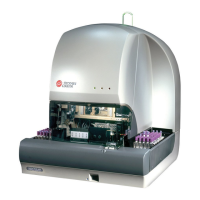
